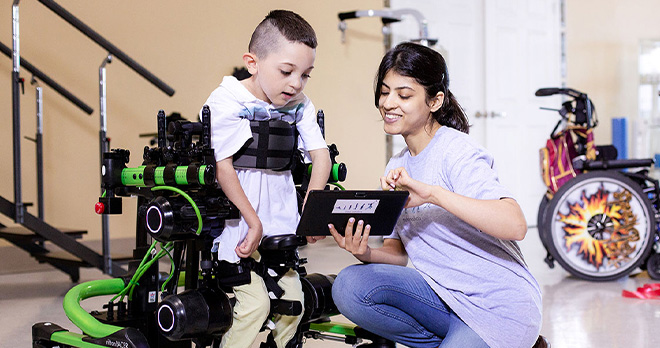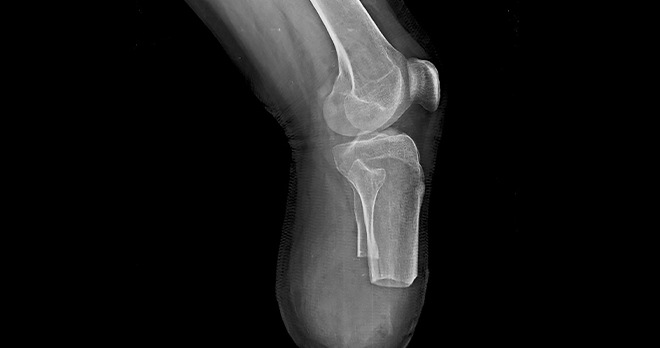“Feet First” – what you need to know about diabetes and amputation

There is a significant correlation between diabetes and lower limb amputation. Between 2014 and 2017, Diabetes UK reported a staggering 26,378 lower limb amputations related to diabetes in England, an increase of 19.4% from 2010 to 2013; approximately 168 amputations a week.
Amputations in diabetics, more often than not, are related to the development of a foot infection or unhealed ulcer and brings to the fore the importance of adequate and appropriate foot management and care.
Appropriate management can be achieved both by educating patients and ensuring well-organised diabetic foot-care teams. Worryingly though, Diabetes UK indicated that the increase in amputations could be attributed to a lack of integrated approach in care provided to the sufferers.
Diabetic foot can be easily managed, and with appropriate care, mean no significant injury for the sufferer. With this in mind, here are some signs to look out for:
Signs and Symptoms of Diabetic Foot
Importantly a diabetic should look out for, and contact their GP, if they notice: -
- tingling sensation or pins and needles (like numbness)
- pain (burning)
- a dull ache
- shiny, smooth skin on their feet
- hair loss on their legs and feet
- loss of feeling in their feet or legs
- swollen feet
- feet not sweating
- wounds or sores that don’t heal
- cramp in their calves when resting or walking.
And contact their local foot team urgently if they notice:
- changes in the colour and shape of their feet
- cold or hot feet
- blisters and cuts that can be seen but not felt
- foul smell coming from an open wound
How should an infection related to diabetes be treated?
As a diabetic, you should be regularly reviewed by a podiatrist. If you become aware of a foot ulcer, you should notify your GP immediately; typically you will be started on antibiotics and if the ulcer does not clear up, it should result in a referral to the Specialist Foot Clinic.
The correct antibiotic regime should clear up any residual infection in the foot, although on occasion, it may require a hospital admission for IV antibiotics as opposed to just an oral course.
When can it lead to amputation?
Risks arise for patients when the infection is not brought under control quickly enough. The infection can spread and infect the bone, resulting in a requirement that toes, feet, or even part of the leg must be amputated to stop the spread of the infection.

Read our guide to amputations
If you have experienced limb loss, find out more about choosing the right prosthetic, the support available to you, and more in our guide.
Our guide covers what you need to know about types of amputation, rehabilitation, prosthetics, support networks and more.
If you have suffered limb loss as a result of negligent treatment or an accident, and want to find out whether you can make a claim for compensation, please contact our team today.
Call now
Read more on limb loss
Read more about amputation from our Info Hub
View more articles related to Amputation








